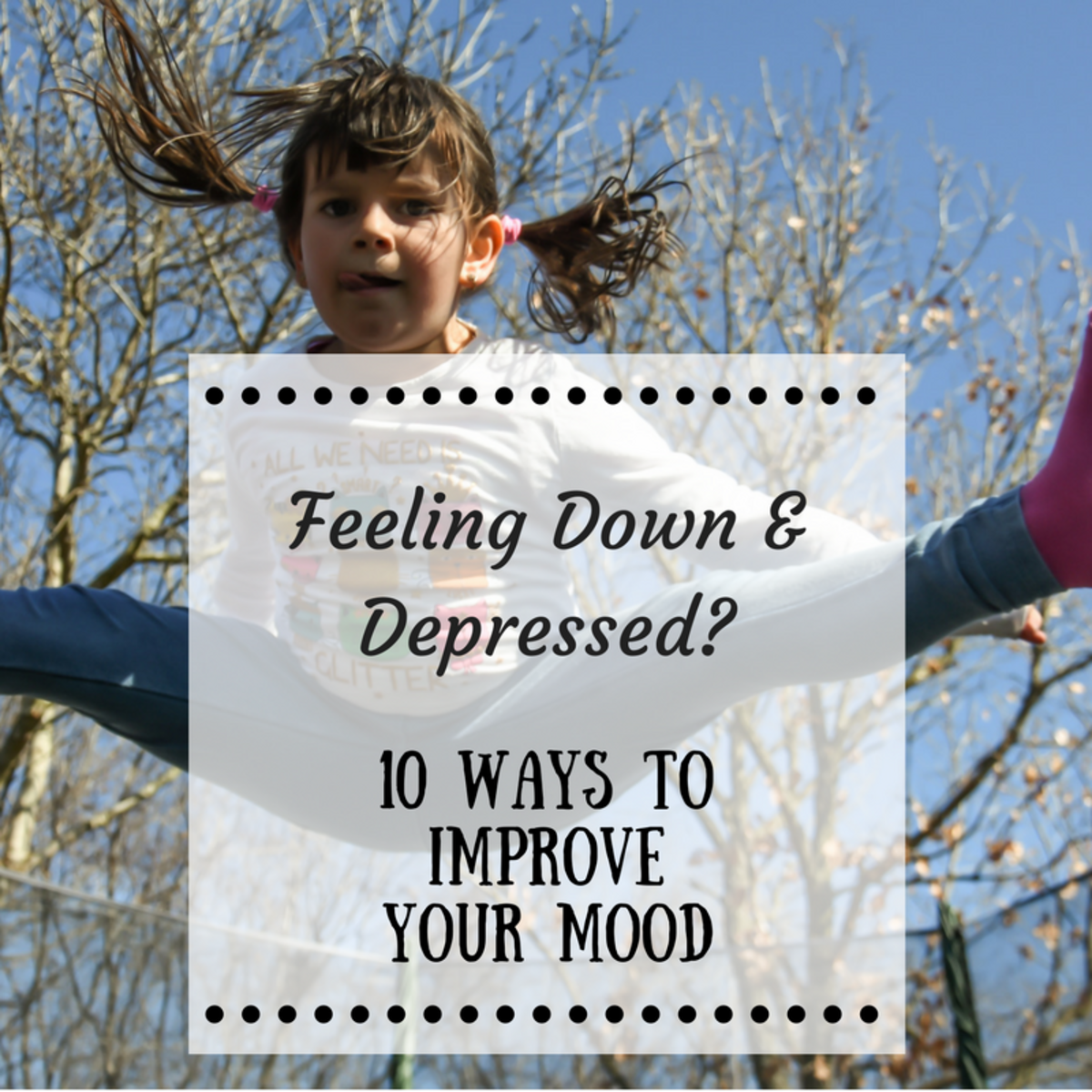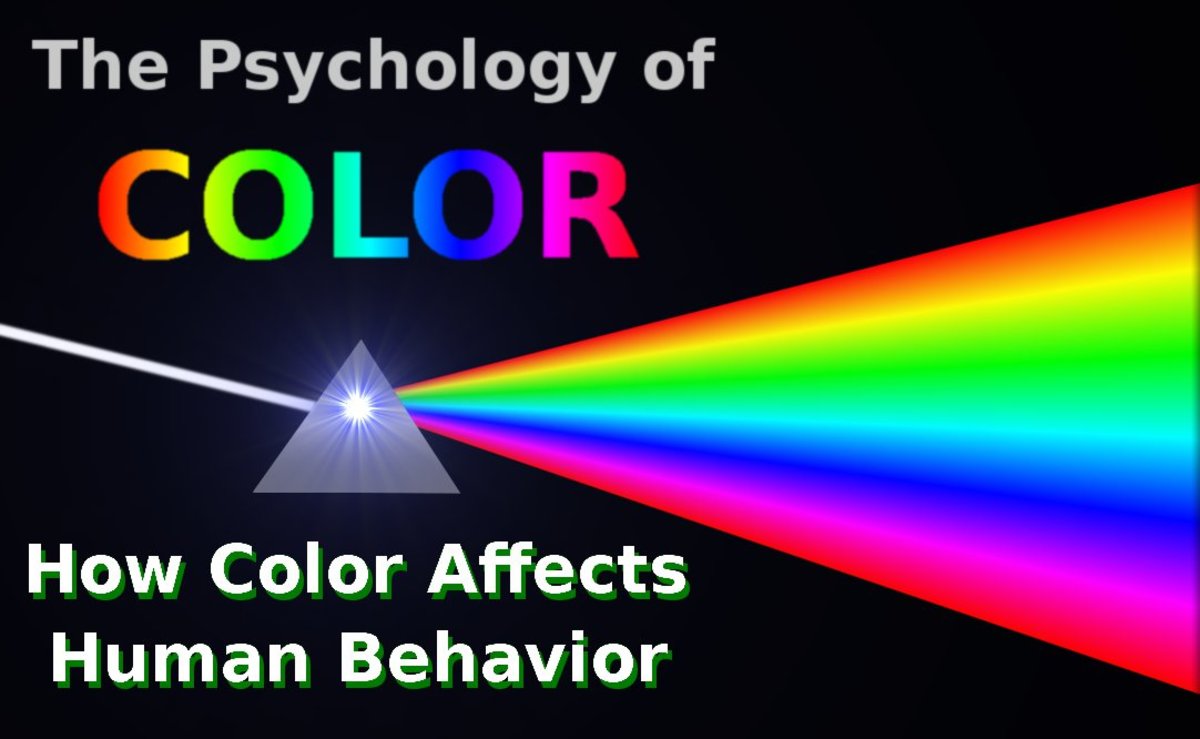Boundary One-Liners

Before you use the scripts: the key distinction
Boundaries ≠ rules for other adults.
“Don’t yell at me,” “Stop being late,” and “No more politics” are instructions about someone else’s behavior.
Boundaries = your actions.
“When yelling starts, I end the conversation.” “If you’re more than 10 minutes late, I’ll go in without you.” These lines name your limit and what you’ll do if the limit isn’t respected.
The boundary grammar (keep it simple)
When/If [behavior or condition], I will [your action].
Optional: Because [short value/need].
Examples:
- “When yelling starts, I will end the call and try again tomorrow.”
- “If you arrive after 10 minutes, I will go in and we can reschedule.”
- “If there’s no car seat, I will keep our child home today.”
Why this works: you stay in your lane (your actions), reduce power struggles, and create predictable outcomes. No threats. No lectures. Just steady leadership.

Say this, not that — action-based boundaries
We all have moments when we’re sure we set a solid boundary and it still lands sideways. No shame—this is mostly a language shift. Use these one-liners to replace common boundary pitfalls so your message is clear, kind, and about your actions.
Tone & volume
This: “When yelling starts, I’ll end the conversation and try again tomorrow.”
Why this works: It states your plan and gives both nervous systems a landing pad. No courtroom, just a reset.
Not that: “Don’t yell at me.”
Why not: It polices their behavior and invites a power struggle over what “counts” as yelling.
This: “If name-calling happens, I’ll hang up and check in tomorrow.”
Why this works: You’re protecting dignity and setting a predictable re-entry.
Not that: “Quit calling me names.”
Why not: You end up debating tone instead of changing the moment.
Time & availability
This: “I’m unavailable to text 9–5; I’ll reply after work.”
Why this works: It sets a rhythm people can follow and keeps you out of apology loops.
Not that: “Stop texting me during work.”
Why not: Sounds scolding and still doesn’t tell them when you’ll respond.
This: “If plans shift after 6, I’ll catch you next time.”
Why this works: Predictability beats resentment. You’re honoring your evening.
Not that: “Don’t change plans last minute.”
Why not: It argues about what “last minute” means and goes nowhere.
This: “I’m off my phone after 10; I’ll respond in the morning.”
Why this works: A house rule for your sleep. Calm, consistent.
Not that: “Don’t text me at night.”
Why not: It tells them how to live instead of naming your availability.
Pacing & space
This: “I won’t open the door to unplanned visits; text to schedule.”
Why this works: Clear gate + simple path that respects everyone’s time.
Not that: “Don’t show up unannounced.”
Why not: Vague and easy to “but I was nearby!” around.
This: “I’m moving slowly; if pressure ramps up, I’ll step back.”
Why this works: You name your tempo and your plan—clean and honest.
Not that: “Stop rushing me.”
Why not: It centers their behavior and keeps the tug-of-war going.
Topics & redirects
This: “If diet talk starts, I’ll step out of the conversation.”
Why this works: You guard your mental health without arguing content.
Not that: “Don’t talk about my weight.”
Why not: Invites debate and “I was just saying…”
This: “If politics comes up at dinner, I’ll take a break.”
Why this works: Removes the fuse and protects the vibe.
Not that: “No politics at dinner.”
Why not: Turns you into the sheriff and dares someone to test it.
This: “I’m not available for advice on this; if advice starts, I’ll switch to listening only or end the chat.”
Why this works: You define the role you can hold and keep connection.
Not that: “Stop giving me advice.”
Why not: Sounds prickly and still doesn’t say what you’ll do.


Home, car, safety
This: “My home is alcohol-free; if alcohol comes in, the visit ends.”
Why this works: House rule + consistent follow-through.
Not that: “Don’t drink at my house.”
Why not: Becomes a debate about “just one.”
This: “If there’s no proper car seat, my child won’t ride.”
Why this works: Non-negotiable safety stated as your action.
Not that: “Don’t drive my kid without a car seat.”
Why not: Still leaves you negotiating in the driveway.
This: “If smoking happens in my car, the ride ends.”
Why this works: Simple contingency that protects your space.
Not that: “Don’t smoke in my car.”
Why not: Policing, not a plan.
This: “My home is pet-free; if a pet comes, we’ll meet outside or reschedule.”
Why this works: Clear line with a workable Plan B.
Not that: “Don’t bring your dog.”
Why not: Feels abrupt and offers no alternative.
Money & stuff
This: “I don’t lend money; if you ask, my answer will be no.”
Why this works: Same answer every time—less awkward for everyone.
Not that: “Don’t ask me for money.”
Why not: Sounds harsh and invites bargaining.
This: “My car isn’t available to lend.”
Why this works: You own your decision without excuses.
Not that: “Don’t borrow my car.”
Why not: Comes off as scolding.
This: “I only process reimbursements sent to email; chats won’t be logged.”
Why this works: One channel keeps your brain (and records) sane.
Not that: “Don’t send me reimbursement stuff in chat.”
Why not: Focuses on what they shouldn’t do, not what actually works.
This: “I don’t share passwords; if access is needed, we can set up a guest login.”
Why this works: Boundary + solution. Door closed, window open.
Not that: “Don’t ask for my password.”
Why not: Shuts the conversation without offering a path.
Digital & privacy
This: “I don’t consent to my photo being posted; if it goes up, I’ll request removal and limit sharing.”
Why this works: Clear consent line with calm next steps.
Not that: “Don’t post my picture.”
Why not: Sparks arguments about tags, stories, and exceptions.
This: “I’m not available for contact here; if DMs continue, I’ll block this account.”
Why this works: You choose your access, full stop.
Not that: “Stop DM’ing me.”
Why not: Easily ignored and keeps you in chase mode.
Setting Goals
Which boundary move will you try this week?
Keep it one sentence, warm, steady.
Say it once; if needed, repeat the same line.
Then follow through.
Acknowledge → Repeat → Redirect.
“I hear you’re frustrated. I’m off my phone after 10; I’ll respond in the morning. If it’s urgent, email works.”
Work scope & pace
This: “I’m at capacity; if this is urgent, I’ll need to drop something—what should come off my plate?”
Why this works: Invites prioritization instead of silent overload.
Not that: “Don’t give me more work.”
Why not: Sounds oppositional and solves nothing.
This: “I can review two pages, not the whole packet.”
Why this works: Specific, plan-able, honest.
Not that: “Don’t send me long docs.”
Why not: Vague and a little grumpy.
This: “That’s outside my role; I’ll connect you with the right owner.”
Why this works: Helpful redirect keeps relationships smooth.
Not that: “Don’t ask me to do that.”
Why not: Hard stop with no path forward.
This: “I can talk for ten minutes now or thirty tomorrow.”
Why this works: Protects focus and still offers options.
Not that: “Don’t interrupt me.”
Why not: Escalates tone and invites a side fight about “interrupting.”
Contact & substance use
This: “If you call after drinking, I’ll talk tomorrow instead.”
Why this works: You avoid late-night spirals and keep the bond intact.
Not that: “Don’t call me when you’ve been drinking.”
Why not: Finger-wagging tone, no plan.
This: “If threats or insults start, I’ll leave and follow up by text tomorrow.”
Why this works: Safety first, with a calm re-entry.
Not that: “Don’t threaten me.”
Why not: Centers their behavior and keeps you stuck in the argument.

How to deliver the line (so it actually lands)
Keep it one sentence. Warm voice, steady pace.
Think “coffee-shop voice,” not courtroom. Aim for ~10–14 words. If you need a breath mid-sentence, it’s probably two sentences.
Say it once, then repeat if needed—no new paragraphs.
You’re not persuading; you’re informing. If the moment heats up, repeat the same sentence or the time anchor. Consistency is the calming agent.
Follow through. The power is in doing what you said you’d do.
Boundaries teach through pattern, not volume. The first few times may feel awkward; the fourth time is when everyone believes you.
A 30-second micro-routine before you speak
- Breathe once (quiet inhale, longer exhale).
- Drop your shoulders and soften your jaw.
- Angle your body slightly (not squared off).
- Pick one sentence from your card and say it.
Quick self-check: “Is this about what I will do?” If yes, go.
Body + tone cues that help
- Volume: just under normal—calm reads as authority.
- Pace: slightly slower than your usual.
- Face: neutral or soft, not blank; eyes relaxed.
- Hands: still or gently open; avoid pointing.
- Stance: feet grounded; if seated, both feet down, not perched.

Thank You!
Thanks for reading, Britney. I hope this was genuinely useful and gives you a few clear, kind lines you can use right away. Take what works, leave what doesn’t, and keep it simple: one sentence, warm tone, steady follow-through. Wishing you steadiness, breathing room, and better conversations this week.
This content is accurate and true to the best of the author’s knowledge and is not meant to substitute for formal and individualized advice from a qualified professional.
© 2025 BKay








